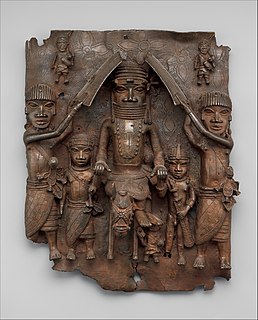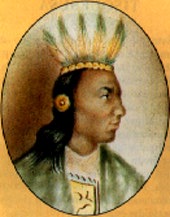Africa
- Benin Empire – Ewuare the Great, Oba of Benin (1440–1473)
- Bornu Empire – Ali Gazi, King of the Bornu Empire (1465–1497)
- Ethiopian Empire – Baeda Maryam I (1468–1478)
- Adal Sultanate – Muhammad ibn Badlay (1445–1471)
- Jolof Empire - Birayma N'dyeme Eter, Buur-ba Jolof ("Emperor") of the Jolof Empire (1465–1481)
- Kingdom of Kongo –
- Nkuwu a Ntinu, Manikongo (1450–1470)
- João I, Manikongo (1470–1509)
- Mali Empire – Uli II (1460–1481)
- Kingdom of Mutapa – Matope Nyanhehwe Nebedza (1450–1480)
- Kingdom of Rwanda - Yuhi wa II Gahima II (1444-1477)
- Songhai Empire – Sonni Ali (1464–1492)

Oba Ewuare was the king of the Benin Empire from 1440 until 1473. Ewuare became king in a violent coup against his brother Uwaifiokun which destroyed much of Benin City. After the war, Ewuare rebuilt much of the city of Benin, reformed political structures in the kingdom, greatly expanded the territory of the kingdom, and fostered the arts and festivals. He left a significant legacy and is often considered the first King of the Benin Empire.

The Oba of Benin is the traditional ruler of the Edo people and all Edoid people and head of the historic Eweka dynasty of the Benin Empire - a West African empire centred on Benin City, in modern-day Nigeria. The ancient Benin homeland has been and continues to be mostly populated by the Edo.
Ali Gazi, Ali Gaji Dunamami ibn Zeinab, or Ali ibn Dunama, was a ruler of Bornu Empire from 1476 until 1503 or 1507.









